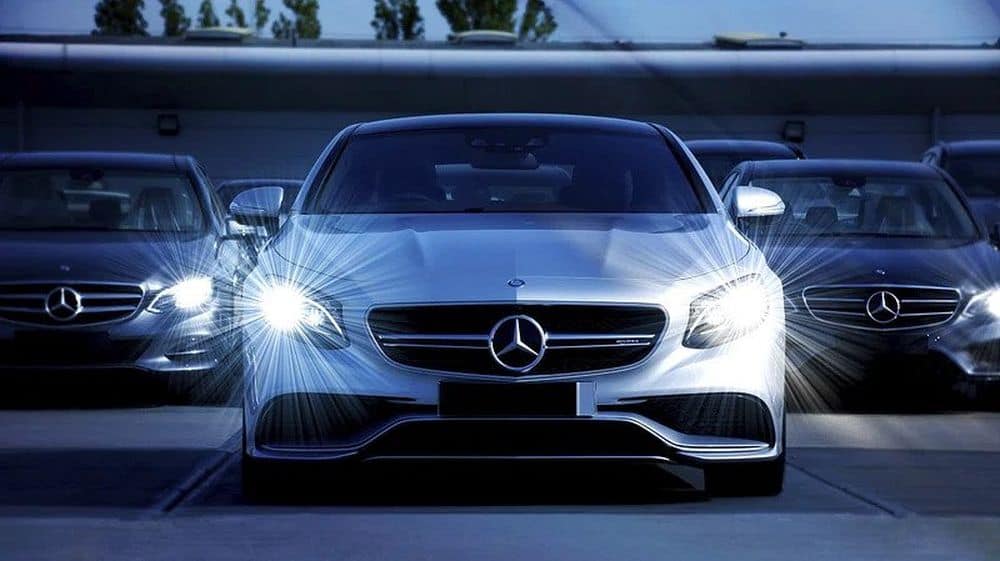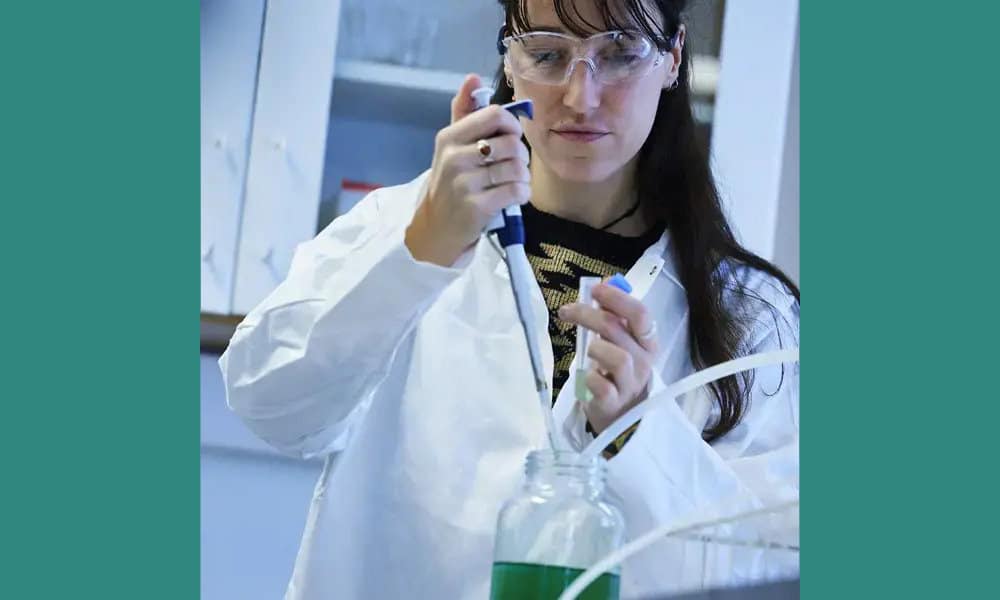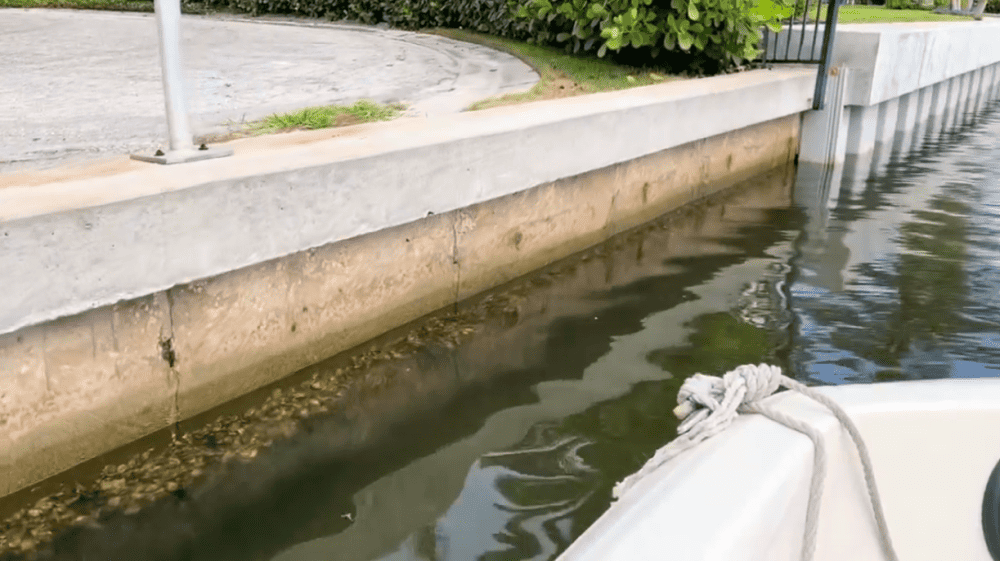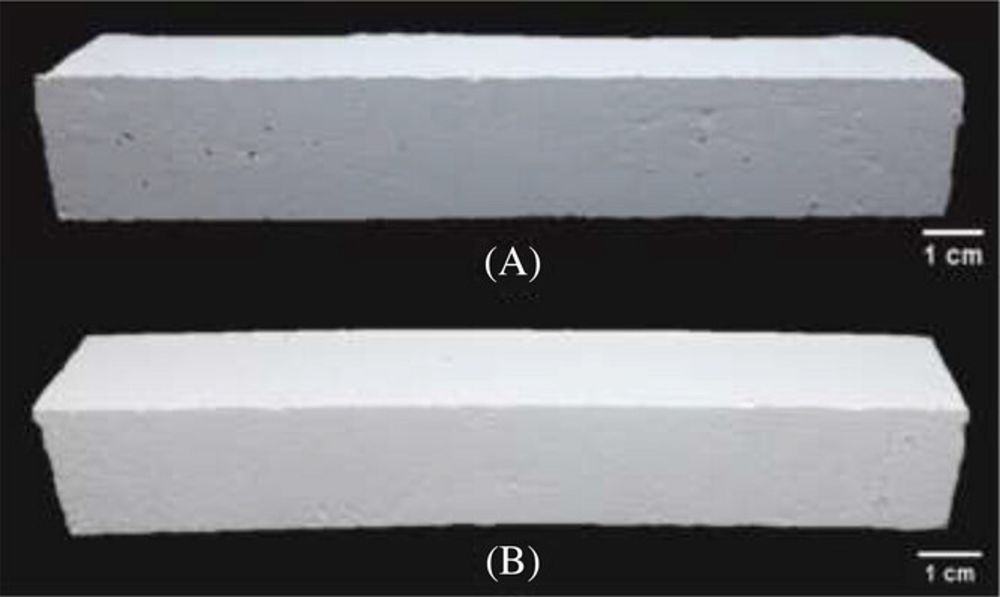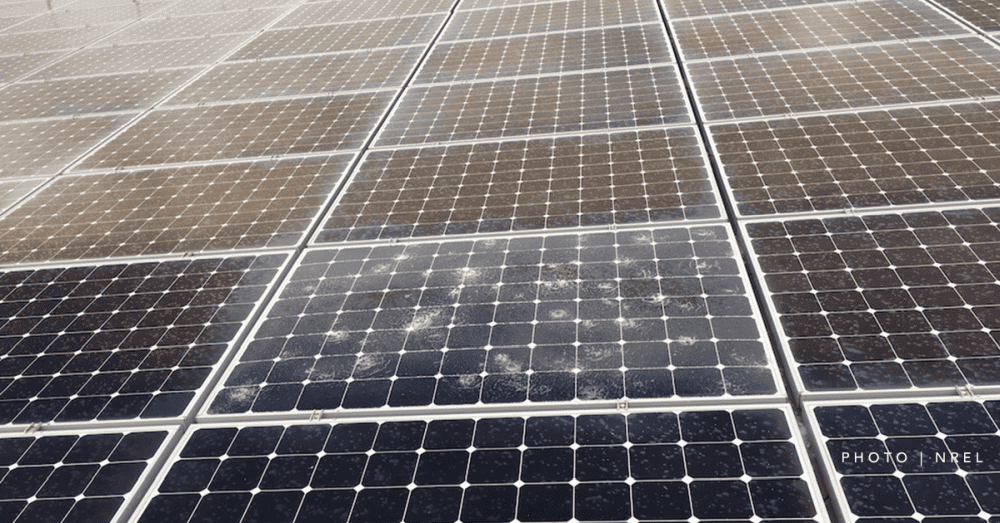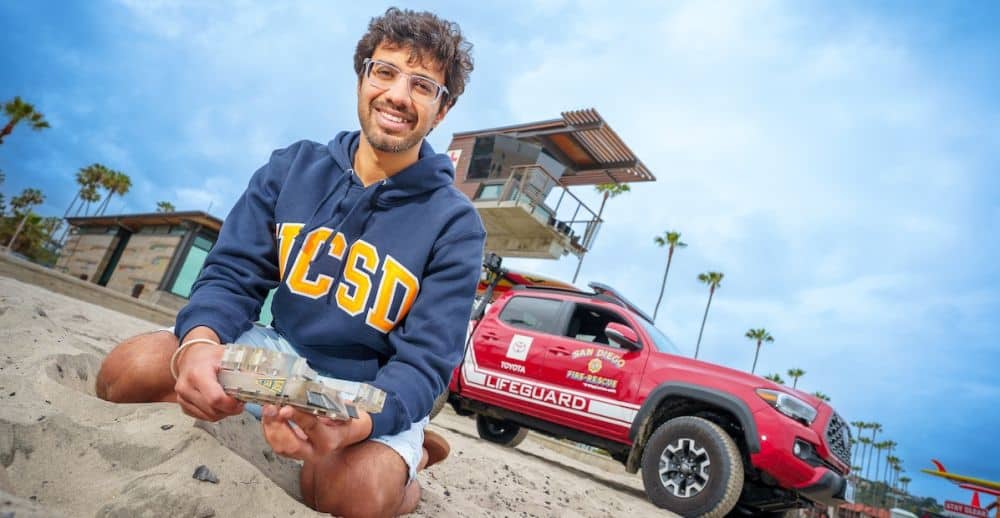Microbially induced calcium carbonate precipitation (MICP) is a biomimetic process that can be used to grow bioceramic products, such as columns and bricks, in an environmentally friendly manner. Researchers at the University of Cape Town fine-tuned the MICP process to create ceramic tiles that demonstrate mechanical properties on par with conventionally fired ceramics.
Read MoreCollecting waste glass is only the first step in creating a circular glass recycling system—there must also be end-use markets for the collected glass. A recent open-access study showed that waste glass could be used as packaging material for high-power automotive lighting applications, such as headlamps and side turn lamps.
Read MoreAgriculture and livestock management has relied largely on antimicrobial drugs to combat plant diseases, but this overreliance contributes to the growing problem of antimicrobial resistance. Silver-based nanoparticles could serve as an alternative method to protect plants from pathogens, as discussed in a recent review paper.
Read MoreRecycling green technology: Microwave radiation facilitates deconstruction and reuse of solar panels
Semiconductor processing could benefit from the use of microwaves, which allows materials to be annealed faster and more selectively. Now, researchers in Australia demonstrated another benefit—it would make the deconstruction and reuse of solar panel components easier.
Read MoreMore environmentally friendly recycling methods are needed to make the lithium-ion battery market into a sustainable and circular economy. Two recent studies demonstrate some ways to accomplish this goal.
Read MoreVinyl seawalls have grown in popularity compared to traditional concrete due to being less costly and unsusceptible to salt water. Yet this budget-friendly solution may cause even more problems for the environment, based on observations from a small-scale study reported by Sarasota Bay Estuary Program staff.
Read MoreGeopolymers are emerging as a promising alternative to cement binders in refractories. In a recent study, researchers in Brazil identified a new geopolymer composition that could serve as a binder in high-temperature alumina castables.
Read MoreDespite the meteoric rise of MXenes from discovery to commercial products in only a decade, the environmental impacts of MXene synthesis have not been assessed systematically. ACerS member Babak Anasori helped lead two recent studies that provided a life cycle assessment and step-by-step guide for synthesizing Ti3C2Tx MXenes, respectively.
Read MoreThe increasing frequency and severity of hailstorms puts solar panels at risk of damage. Researchers in India and Hong Kong explored the role that front glass thickness plays in improving the hail resistance of solar panels.
Read MoreRobots cannot move easily in granular environments, such as sand. Researchers at the University of California, San Diego, designed a robot inspired by sea turtle hatchlings that can swim untethered through sand. This robot could improve the ability of researchers to collect data in granular environments.
Read More

